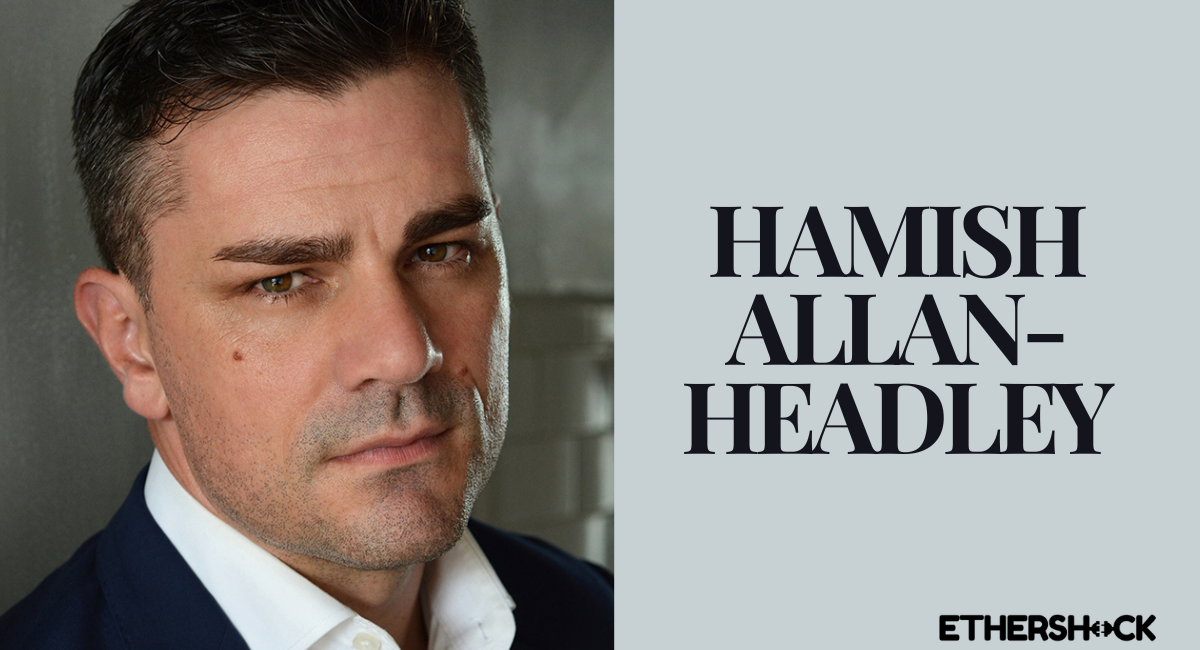In the world of design, it’s not often that an actor influences trends. However, Hamish Allan-Headley, known for his role as Officer Cantor in the hit TV show Continuum, has made a surprising mark on modern design. Although primarily recognized for his acting career, Allan-Headley’s unique aesthetic sensibilities and professional background have subtly reshaped how we approach design in various fields. This article explores his influence on design trends, the journey that led to his impact, and how his contributions are interwoven with contemporary design practices.
| Fact | Description |
| Name | Hamish Allan-Headley |
| Birthdate | January 7, 1971 |
| Nationality | Canadian |
| Occupation | actor and writer |
Hamish Allan-Headley: A Brief Biography
Early Life and Education
Hamish Allan-Headley was born and raised on Bowen Island, British Columbia. His early life on this picturesque island fostered a deep appreciation for natural beauty and simplicity, themes that later emerged in his design philosophies. After completing his electrical apprenticeship, Allan-Headley moved to New York City to pursue acting at the prestigious Neighborhood Playhouse School of the Theatre.
Acting Career and Influence
Allan-Headley’s acting career spans film, theatre, and television. His role as Officer Cantor in Continuum garnered significant attention, but his influence extends beyond the screen. His experiences in diverse acting environments enriched his understanding of spatial and aesthetic elements, which he has carried into his design ethos.
Transition from Acting to Design
Training and Education in Design
After his initial training in acting, Allan-Headley continued his studies at the Drama Centre London, where he earned an MA in European Classical Theatre. This classical training exposed him to the fundamental principles of design and aesthetics, laying the groundwork for his future impact on design trends.
Founding Straydog Theatre Company
Co-founding the Straydog Theatre Company marked a significant shift in Allan-Headley’s career. The company’s focus on innovative staging and design elements showcased his unique approach to integrating design with performance.
Allan-Headley’s Design Philosophy
Minimalism and Functional Aesthetics
Allan-Headley’s design philosophy reflects a commitment to minimalism and functionality. His work often emphasizes clean lines, open spaces, and an uncluttered aesthetic. This approach resonates with modern design trends that prioritize simplicity and usability.
Integration of Natural Elements
Growing up on Bowen Island, Allan-Headley developed a profound connection to nature. His designs frequently incorporate natural materials and elements, creating spaces that feel grounded and harmonious. This integration of nature into design has become increasingly popular in contemporary design practices.
Modern Design Trends Influenced by Allan-Headley
Sustainable Design
One of Allan-Headley’s significant contributions is his emphasis on sustainable design. His work often features eco-friendly materials and energy-efficient solutions, aligning with the growing trend toward sustainability in modern design.
The Rise of Scandinavian Influences
Scandinavian design, known for its minimalism and functionality, has been a significant influence on modern trends. Allan-Headley’s design approach shares similarities with Scandinavian principles, particularly in its clean aesthetics and focus on practicality.
Case Studies of Allan-Headley’s Design Influence
Residential Projects
Allan-Headley’s residential projects showcase his minimalist approach and use of natural materials. These projects often feature open floor plans, large windows, and a seamless integration with outdoor spaces, reflecting his design philosophy.
Commercial Spaces
In commercial design, Allan-Headley’s influence is evident in the use of functional layouts and sustainable materials. His work in this area demonstrates how design can enhance both aesthetics and efficiency in business environments.
How Allan-Headley’s Design Approach Enhances User Experience
Creating Functional Spaces
Allan-Headley’s emphasis on functionality ensures that spaces are not only visually appealing but also practical. This focus enhances user experience by making spaces more usable and enjoyable.
Enhancing Aesthetic Appeal
The integration of natural elements and minimalist design principles contributes to the aesthetic appeal of Allan-Headley’s projects. This approach creates environments that are both beautiful and calming.
Future Trends in Design Inspired by Allan-Headley
Emphasis on Wellness and Well-being
Future design trends are likely to continue the focus on wellness and well-being, inspired by Allan-Headley’s use of natural materials and functional spaces. Designing for mental and physical health will remain a priority.
Technological Integration
The integration of technology in design will evolve, with a focus on seamless incorporation into minimalist and sustainable environments. Allan-Headley’s influence may guide the development of new ways to blend technology with aesthetic simplicity.
Conclusion
Hamish Allan-Headley’s impact on modern design trends extends beyond his acting career. His commitment to minimalism, functionality, and sustainability has influenced how we approach design in both residential and commercial spaces. Allan-Headley’s unique background and design philosophy continue to shape contemporary design practices, emphasizing the importance of harmony between aesthetics and functionality.
FAQs About Hamish Allan-Headley
How has Hamish Allan-Headley influenced modern design trends?
Hamish Allan-Headley has influenced modern design through his commitment to minimalism, functionality, and sustainability. His integration of natural elements and clean aesthetics has shaped contemporary design practices.
What are some key principles of Allan-Headley’s design philosophy?
Allan-Headley’s design philosophy emphasizes minimalism, functionality, and the integration of natural elements. His approach focuses on creating spaces that are both aesthetically pleasing and practical.
How did Allan-Headley’s background in acting contribute to his design work?
Allan-Headley’s background in acting exposed him to diverse design and aesthetic principles. His experience in theater and film influenced his approach to design, particularly in terms of spatial awareness and visual storytelling.
What are some examples of Allan-Headley’s design projects?
Allan-Headley’s design projects include residential spaces featuring open floor plans and natural materials, as well as commercial spaces with functional layouts and sustainable solutions.
What future design trends are likely to be influenced by Allan-Headley?
Future design trends inspired by Allan-Headley are likely to focus on wellness, well-being, and the integration of technology within minimalist and sustainable environments.

